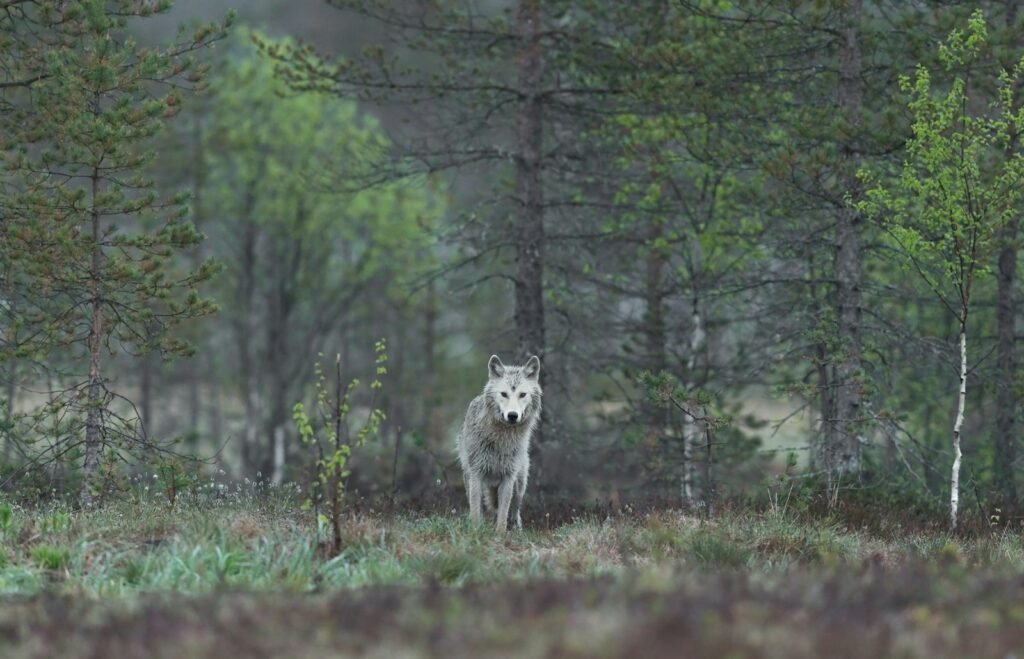When Mother Nature unleashes her fury, few forces match the raw, terrifying power of a tornado. The heartland of America has earned its infamous nickname through decades of devastation, where spinning columns of air have rewritten geography and shattered communities. This is the story of when Tornado Alley truly lived up to its fearsome reputation.
The 1925 Tri-State Tornado That Rewrote History
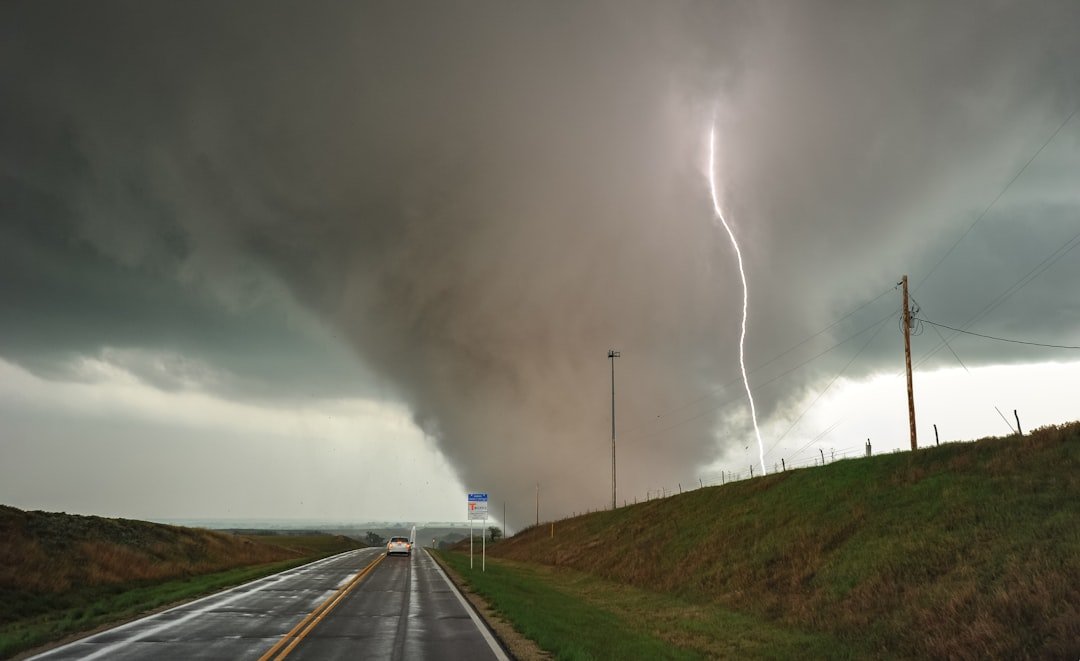
On March 18, 1925, the deadliest single tornado in the history of the United States occurred. The enormous storm affected people in Missouri, Illinois and Indiana, hence the name. As a result, almost 700 people were killed and over 2,000 were injured. This monster storm didn’t just break records – it obliterated them with a ferocity that still sends chills down meteorologists’ spines today.
What made this tornado so devastating wasn’t just its incredible strength, but its unprecedented path of destruction. Radio was in its infancy at the time, and there was no warning system. So, the worst tornado in American history (and the second worst worldwide) moved on, with people in its path unaware of what was racing their way. Imagine the horror of facing nature’s ultimate weapon without any advance notice whatsoever.
April 27, 2011 When the Sky Fell on Alabama
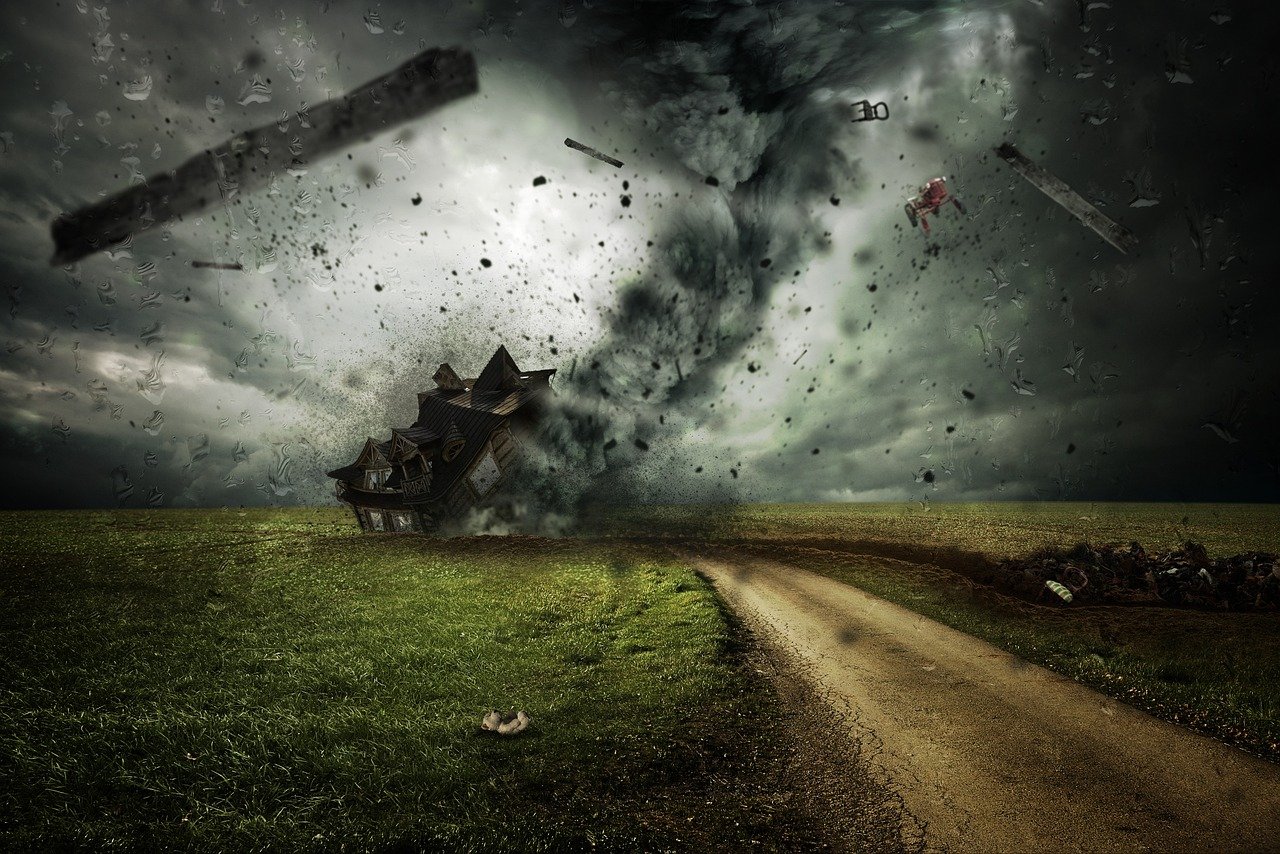
April 27 was the most active day, with a record 216 tornadoes touching down that day from midnight to midnight CDT (05:00–05:00 UTC). This wasn’t just a bad weather day – it was apocalyptic. The 2011 Super Outbreak challenged every assumption about what tornado seasons could produce.
In total, 348 people were killed as a result of the outbreak, including 324 tornado-related deaths across six states and 24 fatalities caused by other thunderstorm-related events such as straight-line winds, hail, flash flooding or lightning. In Alabama alone, 238 tornado-related deaths were confirmed by the Storm Prediction Center (SPC) and the state’s Emergency Management Agency. These weren’t just statistics – they represented entire communities torn apart in a matter of hours.
The Hackleburg-Phil Campbell Monster
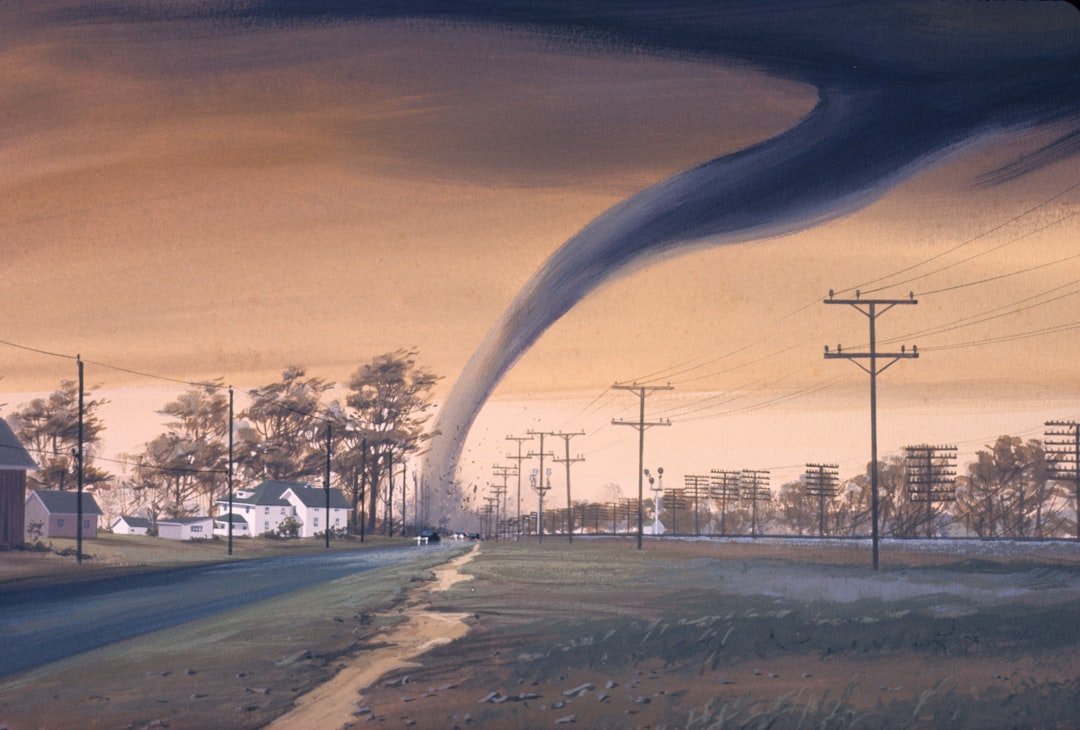
In total, the tornado killed 71 people, all in Alabama. This made it the deadliest single tornado ever to strike the state of Alabama, as well as the deadliest in the United States since the 1955 Udall, Kansas tornado that killed 80 people, until the 2011 Joplin tornado a month later killed 158. The Hackleburg-Phil Campbell tornado was nature at its most merciless, a violent EF5 that essentially erased entire towns from the map.
This tornado achieved the unthinkable – it reached a maximum width of 1.25 miles (2.01 km) and was estimated to have had peak winds of 210 mph (340 km/h), and a total path length of about 102 miles (164 km), making it the third-longest-tracked tornado of the entire outbreak after the Cordova–Blountsville EF4 tornado and Enterprise, Mississippi, EF4 tornadoes. Picture a mile-wide blender of destruction carving through the landscape for over 100 miles.
Tuscaloosa’s Nightmare on the Black Warrior
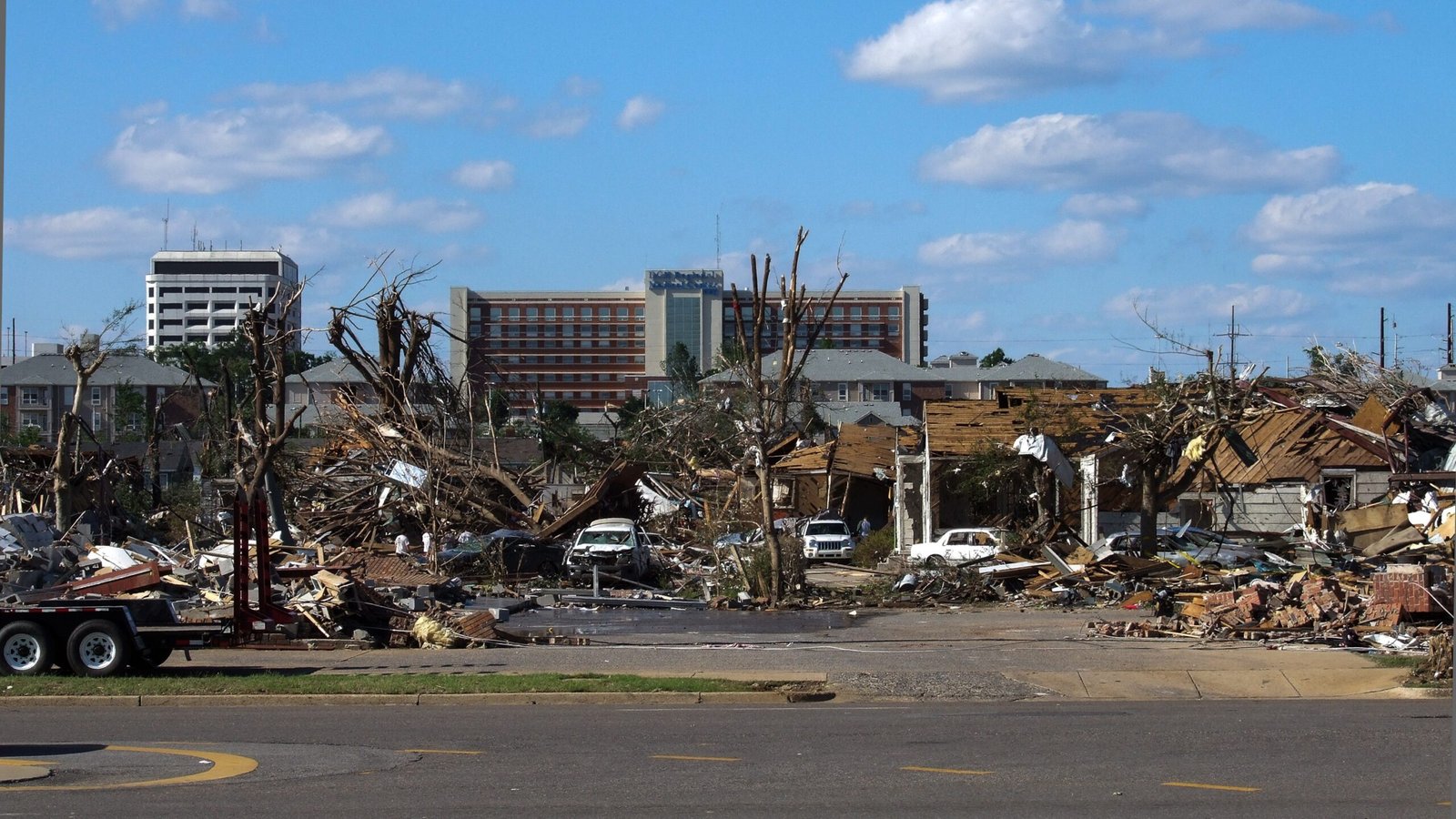
At its peak, this EF-4 was 1.5 miles – more than 26 football fields – wide, and its winds reached 190 mph. It traversed 80.3 miles, passing through the cities of Tuscaloosa and Birmingham, causing 64 fatalities and over 1,500 injuries. When this tornado crossed into Tuscaloosa, it didn’t just damage buildings – it fundamentally altered the city’s identity forever.
The University of Alabama campus found itself in the crosshairs of this monster storm. Among those killed were six University of Alabama students in Tuscaloosa. Young lives full of promise were cut short in an instant, reminding us that tornadoes don’t discriminate based on age, dreams, or potential.
Moore, Oklahoma’s Recurring Nightmare
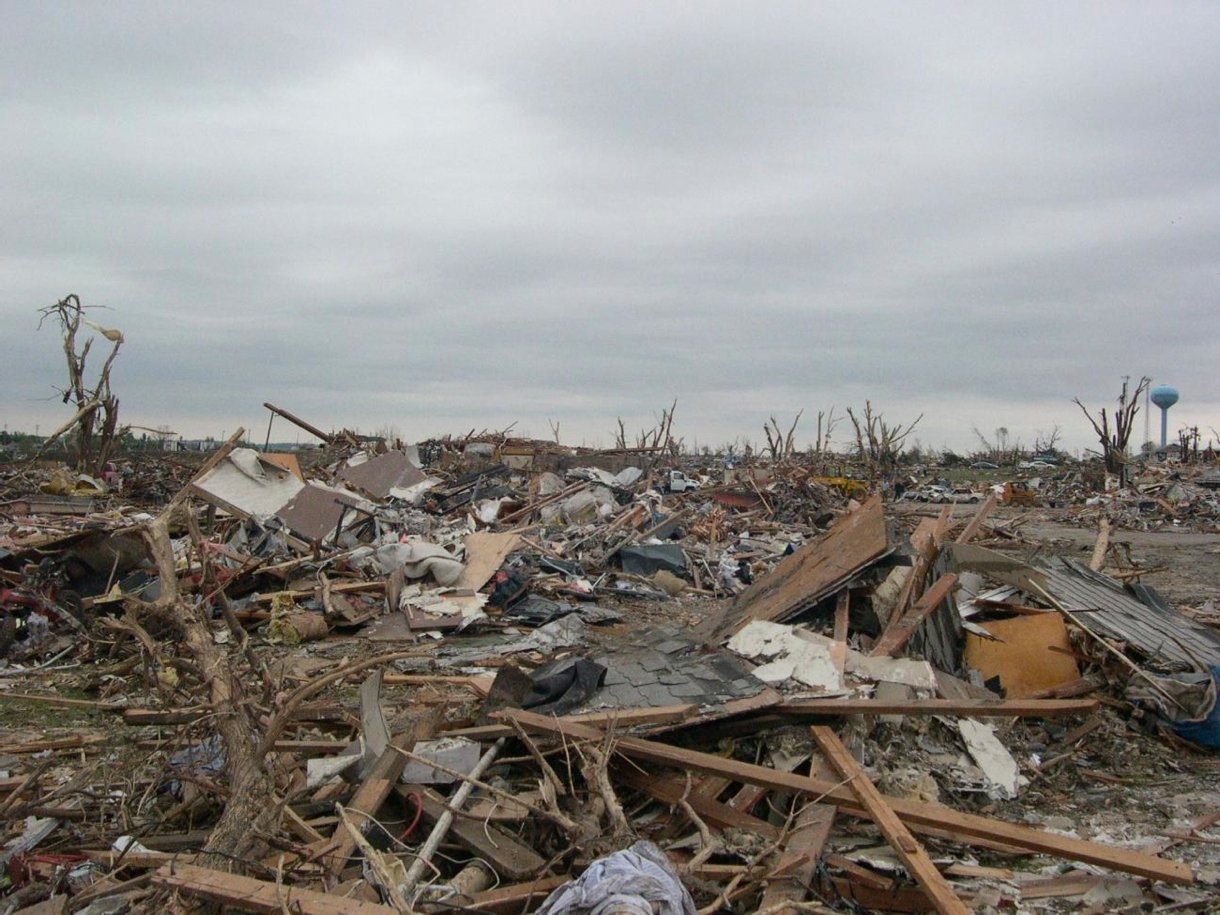
This was the deadliest tornado recorded in Oklahoma since a long-track F5 tornado killed 107 people in Woodward on April 9, 1947. The 1999 Bridge Creek-Moore tornado established a terrifying precedent for what would become one of America’s most tornado-battered communities. But Moore’s ordeal was far from over.
On May 20, 2013, an EF5 tornado impacted some of the same areas affected by the 1999 storm, tracking through the heart of Moore. Throughout the city, 24 people were killed (along with one additional person who died as an indirect result of the tornado) and more than 230 were injured. Lightning striking twice in the same place? More like a tornado striking the same community with devastating regularity.
The Joplin Catastrophe That Stunned America

Jumping ahead in history, on May 22, 2011, a devastating multiple vortex tornado struck Joplin, Missouri. The EF-5 tornado was nearly one mile wide and cut a path through the city damaging 8,000 buildings. Sadly, 161 people were killed and over 1,000 were injured. Joplin became synonymous with tornado destruction, a name that still evokes images of complete devastation across America.
This tornado didn’t just destroy property – it obliterated an entire section of a thriving city. The images from Joplin looked more like a war zone than a typical American community. In addition to the number of casualties, damages from this tornado reached $2.8 billion. It resulted in the largest insurance payout in Missouri history.
The 1974 Super Outbreak That Redefined Possible

In April 1974, the US experienced the largest tornado outbreak in its history. Dubbed the “Super Outbreak,” it produced 148 tornadoes that struck 13 states over a two-day period. The outbreak resulted in 319 deaths and over 5,000 injuries, making it one of the deadliest tornado events in US history. Before 2011, this was the gold standard for tornado devastation.
The Super Outbreak was particularly noteworthy for its scale and intensity. It produced multiple F5 tornadoes and caused widespread damage across the affected states. Imagine trying to coordinate disaster response when multiple violent tornadoes are simultaneously tearing through different states – it was chaos on an unprecedented scale.
When the Perfect Storm Came to Pass
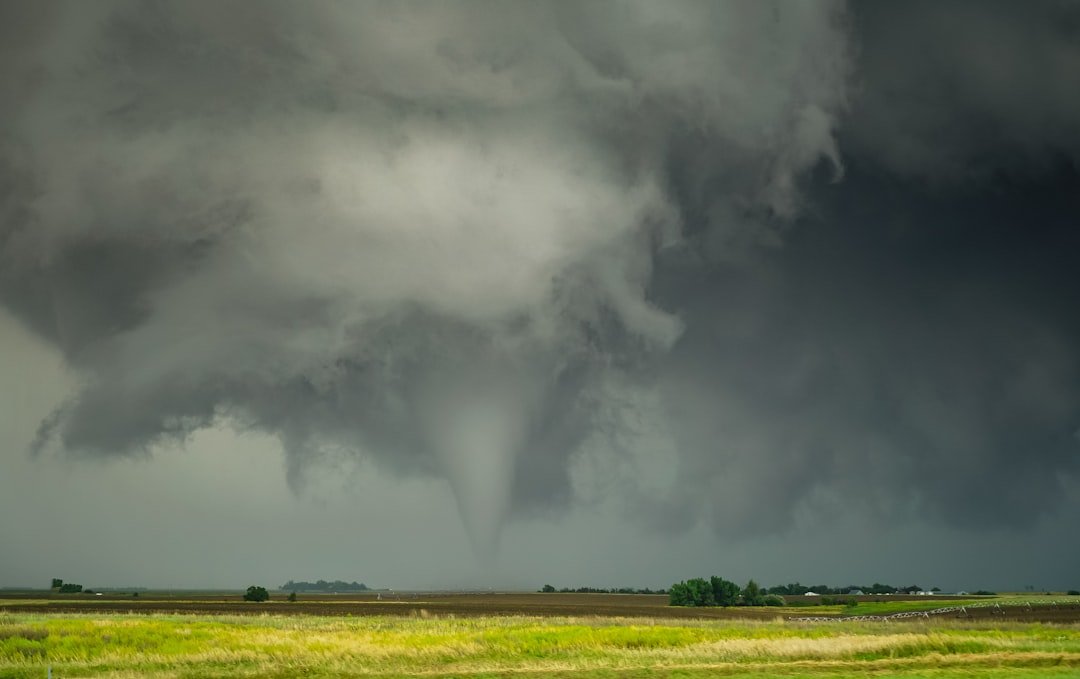
The reason tornado alley experiences some of the world’s largest tornado outbreaks is because of the region’s proximity to warm, moist sources, like the Gulf of Mexico, as well as cold air from higher terrain to the west. “The combination – and layering – of these disparate airmasses results in both instability and wind shear.” These aren’t random acts of nature – they’re the inevitable result of North America’s unique geography.
In Tornado Alley, warm, humid air from the equator meets cool to cold, dry air from Canada and the Rocky Mountains. This creates an ideal environment for tornadoes to form within developed thunderstorms and supercells. It’s like nature has created the perfect laboratory for producing the most violent storms on Earth.
The Natchez Nightmare of 1840
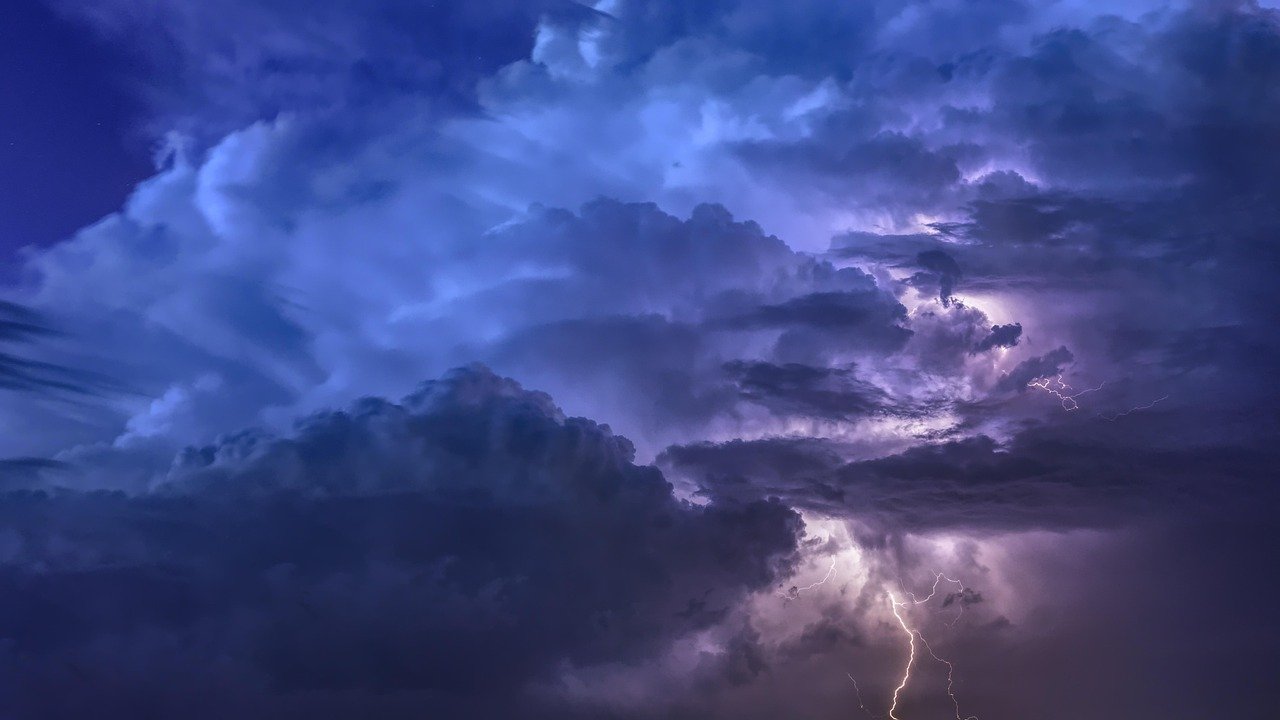
317 killed and more than 1,000 injured on May 7, 1840. Tornadoes that killed hundreds of people and injured in the thousands are tragic. However, there is one aspect of history that must be acknowledged that makes them even more heartbreaking, and that is that the numbers for many storms were likely much higher than we know. The 1840 Natchez tornado represented a different era of tornado devastation, when record-keeping was limited and certain populations weren’t even counted among the casualties.
It should be noted that in the South before the 1950s, Black people who were fatally injured were not counted among tornado deaths. Most of the people killed were the crew of boats on the Mississippi River. Since most of those areas were populated by Black people, the actual death toll is likely far higher than 317. This tornado’s true impact may never be fully known, making it even more haunting.
The Science Behind the Fury

In fact, we see an average of 1,200 tornadoes a year here. The United States experiences more tornadoes than any other country on Earth, and it’s not even close. This isn’t because Americans are unlucky – it’s because our continent provides the perfect conditions for these atmospheric monsters to form.
According to a report published in the April 2024 issue of the Journal of Applied Meteorology and Climatology, since 1951 tornado activity has been shifting away from the Great Plains and toward the Midwestern and Southeast U.S. Even Tornado Alley itself is evolving, with the zone of maximum danger slowly migrating eastward as climate patterns shift.
Conclusion

While tornadoes have happened in all 50 states, the deadliest tornadoes occur in the South. As you review the list of ten worst tornadoes below, it is worth pointing out that none of the top-five worst tornadoes occurred in what we traditionally think of as “Tornado Alley,” and only two of the top ten. The truth about America’s tornado threat is more complex and widespread than many realize.
These moments when Tornado Alley lived up to its name serve as sobering reminders of nature’s awesome power. From the Tri-State Tornado’s deadly march across three states to the modern devastation in Moore and Tuscaloosa, these events have shaped communities, influenced building codes, and forever changed how we prepare for severe weather.
What would you have guessed about where America’s deadliest tornadoes actually strike?

Hi, I’m Andrew, and I come from India. Experienced content specialist with a passion for writing. My forte includes health and wellness, Travel, Animals, and Nature. A nature nomad, I am obsessed with mountains and love high-altitude trekking. I have been on several Himalayan treks in India including the Everest Base Camp in Nepal, a profound experience.


